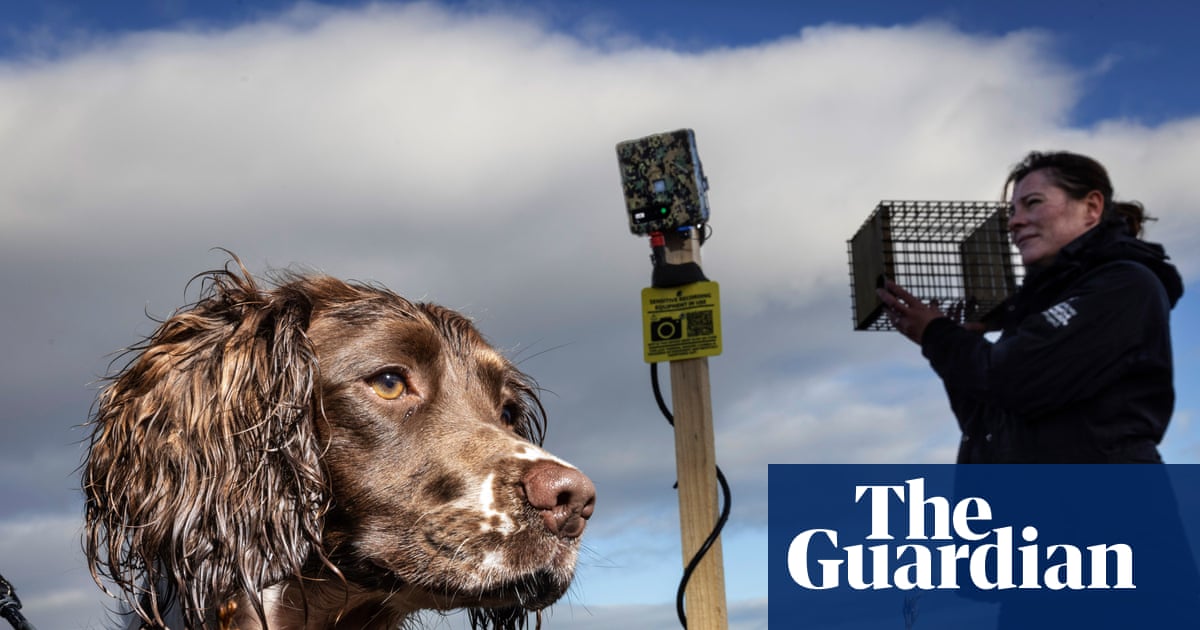There are a few dates in the gardening calendar that all growers ought to be aware of – and frost dates should be top of the list. The exact date of the last frost of the year is anyone’s guess, but it’s important to know how to anticipate that first frosty night and how it affects our plants. Understanding which of your plants can withstand temperature drops and which cannot is key to planning what to sow and when.
There are two main types of frost: air and ground. An air frost occurs when the temperature of the air drops to or below the freezing point of water (0C or 32F), whereas a ground frost occurs when the temperature of the ground drops that low. Each can happen separately, though they often occur together, and both can damage plants to different degrees.
When the water in a plant’s cells is exposed to freezing temperatures, the cell walls can burst, damaging the plant and often causing it to turn black and die. Different plants have different levels of frost tolerance, ranging from tender (for example, tomatoes) to very hardy (eg evergreen trees, such as pines).
For many edible plants – from beans to summer lettuces and cucumbers – the first hard frost marks the end of their life. Having said that, I’ve managed to keep a few tender crops going for a couple of extra weeks with the protection of fleece or by moving container-grown plants – such as my cape gooseberries, this season – into sheltered positions.
There are a good number of plants that can stand up to some freezing weather, including leeks, chard, certain cabbage varieties and kale – the latter two growing sweeter in winter as cold temperatures prompt them to convert their starch into sugar.
Interestingly, there are some spots more liable to freezing than others – commonly known as frost pockets. As cold air is more dense than warm air, it tends to flow downwards, meaning that, in a garden on a slope, say, the very bottom of a growing space will be more vulnerable to early and late frosts than a sheltered spot at a higher point. Avoid planting tender plants in a frost pocket, but if you do, be ready to fleece them on even moderately cold nights.
Predicting a frost is a challenge even for meteorologists. They only forecast air temperature, so remember it’s possible for there to be a frost even if that doesn’t get down to 0C. A cold, clear and cloudless night often precedes a plant‑damaging ground frost.
after newsletter promotion
If you’re new to a garden, ask your neighbours (ideally, the ones with the happiest plants!) whether they know the first frost dates for the last few years. And from this year onwards, resolve to note down the date the cold descends, so you can take it into account in your planting plans.

 1 day ago
8
1 day ago
8

















































